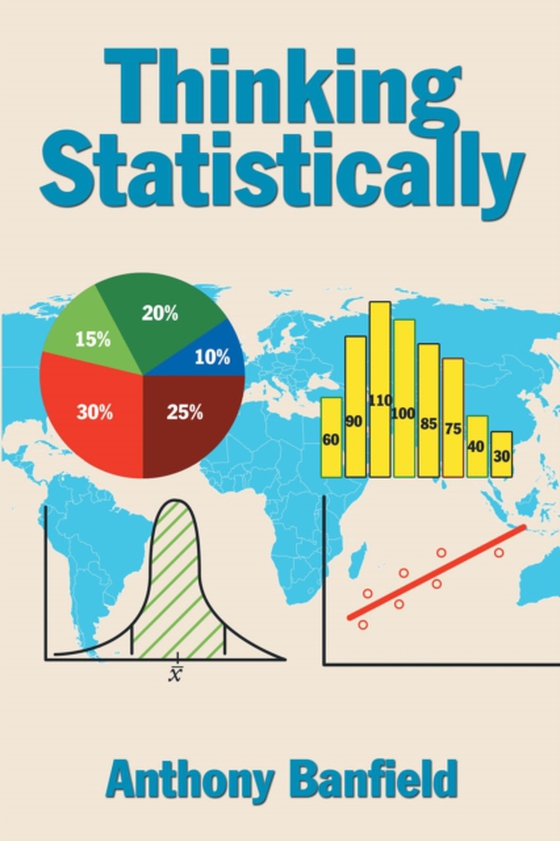
Thinking Statistically e-bog
40,46 DKK
(inkl. moms 50,58 DKK)
Statistical statements and results are read and used in everyday life and are also presented in the form of charts and diagrams. This book covers basic introductory statistics and brings to light how these statistical results are arrived at, starting with the collection of the data, its organization and summarisation, followed by the mathematical tools used both graphical and analytical to depi...
E-bog
40,46 DKK
Forlag
Xlibris US
Udgivet
26 april 2017
Længde
156 sider
Genrer
Social research and statistics
Sprog
English
Format
epub
Beskyttelse
LCP
ISBN
9781543412147
Statistical statements and results are read and used in everyday life and are also presented in the form of charts and diagrams. This book covers basic introductory statistics and brings to light how these statistical results are arrived at, starting with the collection of the data, its organization and summarisation, followed by the mathematical tools used both graphical and analytical to depict, describe, analyse and interpret the data.The book begins with a chapter that discusses what is data, types of data, and examines the difference between data collected for a population as opposed to a sample. The chapters that follow go on to discuss the organisation and summarisation of data in the form of frequency distributions to make it clearer and more manageable to deal with. Also covered are various graphical devices such as bar graphs, pie charts, histograms, frequency polygons, by which data may be depicted to make it easier to visualize and reveal any patterns or trends. Attention is then directed to analytical methods used to describe and characterise data sets by calculating some special numbers called numerical descriptive measures which include measures of central tendency (mean, median, mode), measures of dispersion (range, standard variation, variance), measures of relative standing (percentiles, quartiles, z- scores) and measures of association (coefficient of correlation). The book concludes with a chapter presenting some basic methods of fitting a straight line to a data set that shows a somewhat linear relationship between two variables thus allowing predictions to be made about the value of one variable given the value of the other variable.Within each chapter wherever new statistical terms are introduced for the first time they are identified in bold type and at the end of each chapter these key terms are summarised and defined or explained. There are also various detailed worked examples in each chapter to help the reader improve his/her understanding of the material discussed.
 Dansk
Dansk

